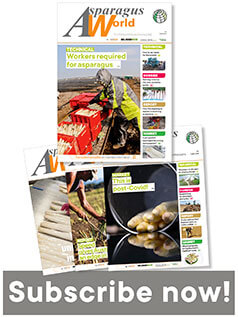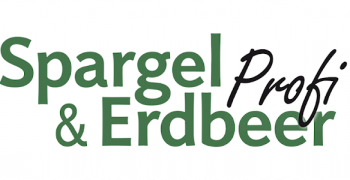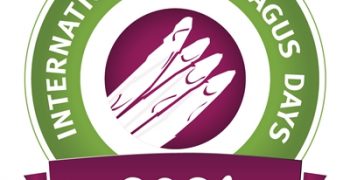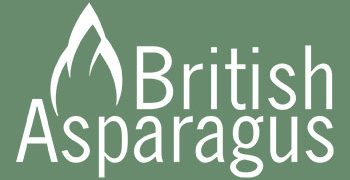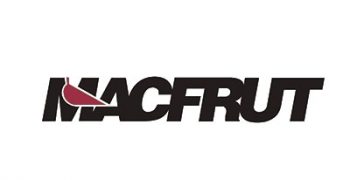The two kinds of asparagus harvesting machinery
Non-selective harvesters cut all spears regardless of their quality, length, or other requirements, while selective machines harvest spears based on specific criteria. When it comes to green asparagus, nonselective harvesters cut all spears, regardless of length, at or near the soil surface and place the cut spears in collection devices. For white asparagus, they cut all spears, regardless of length, just above the crown in the soil mound then transport both spears and soil onto a conveyor, before separating the spears from the soil by vibration. The soil is then re-mounded over the plant row, Drost says.
Selective harvesters for green asparagus require advanced sensor data processing to identify individual spears of the appropriate length from fields of spears of many different lengths. Spear identification is difficult in on-farm conditions where speed and accuracy are key. To be integrated into existing production systems, selective harvesters need to operate at speeds and efficiencies comparable to human labour and perform the task without damaging the harvested spear or injuring surrounding spears in the field that was not selected for harvest. Thus, harvesters require real-time (in the order of tens of milliseconds) perception and cognition of the spears, as well as high-speed actuators and robust mechanical designs. Given enough computational power and accurate GPS data, non-selected spears could be mapped for future harvest, which may speed up harvest operations. Predicting when spears achieve the appropriate length for harvest requires knowledge of spear growth rates in addition to position information.
Selective harvesters for white asparagus are more complex. To automate the harvesting process for white asparagus, the row guidance system needs to maintain the integrity of the asparagus soil mound, and the spear harvesting device needs to identify the spear’s location, cut off the spear under the ground, and successfully extract it from the soil with minimal damage to the spear. According to Drost, the guidance part is easier to create, while much more engineering is needed to get the spear-cutting and extraction mechanisms to work efficiently. Ground-penetrating radar has also been evaluated as an alternative approach to sensing crown depth to obtain the optimal cutting height for nonselective harvesters and would ensure that long spears would be cut while crown damage would be minimised.
* Source: “Asparagus breeding: Future research needs for sustainable production” by Prof. Daniel Drost (Front. Plant Sci., 27 March 2023)
















